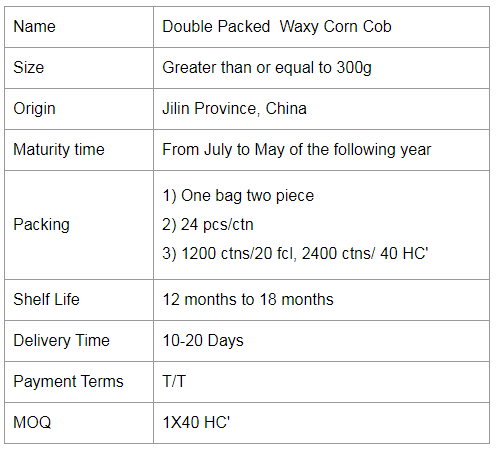Release date: 2016-12-06
The artemisinin drug developed by our pharmacist Tu Yu and her team is still the world's leading antimalarial drug, which has saved millions of lives. A breakthrough study published online in the US Cell on December 1st showed that the drug may also save hundreds of millions of people with diabetes. Scientists from institutions such as the CeMM Center for Molecular Medicine in the Austrian Academy of Sciences, using a specially designed, fully automated analysis, have examined the effects of a large number of approved drugs on artificially cultured alpha cells. As a result, it was surprisingly found that artemisinin can cause the glucagon-producing alpha cells to "transform" to produce beta cells of insulin.
The study's correspondent Stefan Kubicek said that the absolute and relative lack of insulin and the over-activation of the glucagon signaling pathway are the two leading causes of diabetes. Replacing damaged beta cells in patients with new cells that secrete insulin is expected to be a simple strategy for curing type 1 diabetes. Over the years, in order to achieve this, researchers around the world have tried a variety of methods using stem cells or mature cells. It is worth noting that previous studies have shown that alpha cells are able to replenish insulin-producing cells when beta cells are extremely absent. During this transformation, the epigenetic regulatory molecule Arx was identified as a key molecule. However, scientists have only observed this effect in living mode organisms, and it is completely unknown whether other factors of surrounding cells (even distant organs) also play a role.
To rule out these factors, Kubicek's team worked with the Novo Nordisk team to design specific alpha and beta cell lines that were isolated from their environment for analysis. Studies have shown that the Arx deletion is sufficient to give the alpha cell a new "identity" that does not depend on the body's effects. Then, scientists began to explore the molecular model behind the role of artemisinin in remodeling alpha cells. The results confirmed that artemisinin binds to a protein called gephyrin. Gephyrin is able to activate the GABA receptor, the main switch for cellular signaling. Subsequently, countless biochemical reactions have changed, leading to insulin production. On the same day, another study published on Cell showed that in a mouse model, injection of GABA also resulted in the conversion of alpha cells to beta cells, suggesting that both substances target the same mechanism.
The long-term effects of artemisinin require further testing. Stefan Kubicek believes that the ability of human alpha cells to regenerate is still unknown. In addition, new beta cells must be immune to attack by the immune system. But we believe that the discovery of artemisinin and their role models can lay the foundation for the development of new therapies for type 1 diabetes.
Source: Technology Daily
Double Packed Mottled Waxy Corn
Eating more corn can increase the brightness of our eyes. Because corn is rich in substances such as carotenoids and these can be said to be used as ingredients for brightening the eyes, eating a proper amount of corn can help to slow down the loss of our eyesight.
And Colorful Gluten Corn is rich in nutrients, with protein, body fat, tapioca starch, vitamin B1, vitamin B2, vitamin B6, vitamin A, vitamin E, carotene, methyl cellulose and calcium, phosphorus and iron. According to research, fresh corn contains 4-5 times more body fat than rice and flour, and contains unsaturated fat, of which 50% are fatty acids, which inhibit the digestion and absorption of cholesterol. It is an excellent medicine for long-term use to reduce blood cholesterol and soften blood vessels, making it an ideal vegetable oil for patients with hypertension, coronary heart disease, obesity and the elderly.


Colorful Gluten Corn,Colorful Gluten Waxy Corn,Colorful Gluten Glutinous Corn,Double Packed Mottled Waxy Corn
Jilin Province Argricultural Sister-in-law Food Co., Ltd. , https://www.nongsaocorn.com